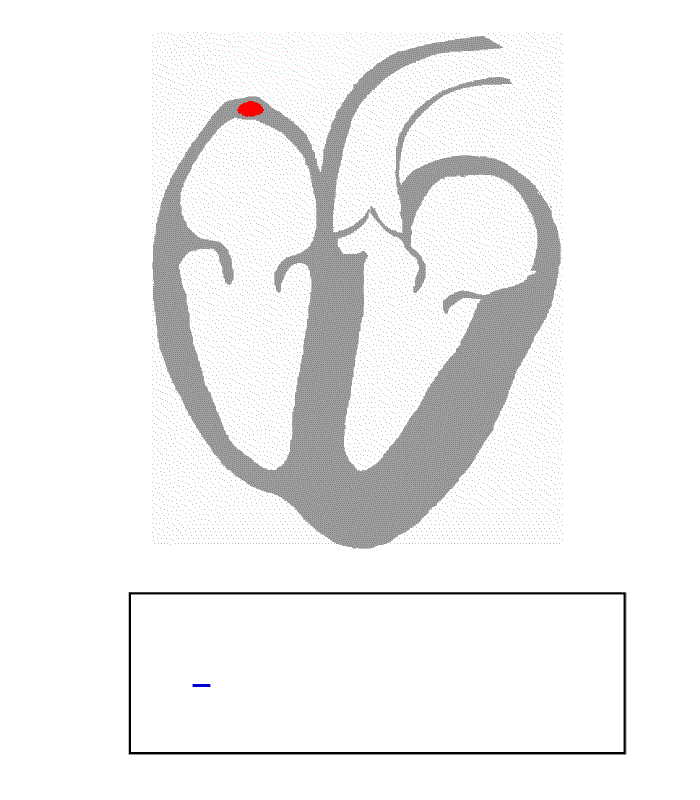.jpg)
RevMedic is not a name that signifies driving very fast - revving the engine - but that is what pops into my head every time I see his name. I know. I am by-passing St. Peter. I am not collecting 72 virgins. I am going straight to the great big tanning bed. This is not news.
RevMedic does all sorts of photography in the Newberg, Oregon area. If you need a photographer with some common sense, he seems like the guy to call.
Anyway RevMedic knows his stuff. Here is his comment on the post Prehospital Intubations and Mortality - comment from Herbie.
"I would much rather see medics using a BVM during their OR time, than intubating. Good BVM use is far more important than intubation skill."
Absolutely. I can't tell you how many times I've seen ineffectual ventilations with a BVM. There sits the EMT (at any level), blissfully unaware of the air blasting out from underneath the mask and not paying attention to the lack of a seal.
How is it that we graduate EMTs and medics, who are not skilled at airway management?
How is it that we graduate EMTs and medics, who do not understand airway management?
It isn't as if the courses suggest that there is a skill that comes before airway.
Excellent BVM use is all about assessment.
BVM excellence is the cornerstone of airway management.
Without excellence in the use of the BVM, the rest of airway management does not matter.
I prefer to do some of the bagging with patients who need ventilation. It is a skill that needs to be used, to be maintained. This also sets a good example for everyone else. This demonstrates to everyone else that, at least as far as I am concerned, skill with a BVM is a priority.
We also will find that some of the patients do not need to be intubated. Intubation should not be for the benefit of the medics. Intubation should be for the benefit of the patients.
There was another event where I was bagging the patient in preparation for intubation. I was having trouble getting an adequate seal, and asked for another set of hands. We had 4 PARAMEDICS in the rig, and the other three were solely concerned with getting the intubation equipment set up, preparing the drugs, etc. I had to repeat myself several times and finally loudly call one by name and DEMAND his/her assistance, before we achieved adequate ventilations.
One of the best uses for a separate pulse oximeter is to throw the machine at someone, when you need there attention. It can be very effective. It also demonstrates how little importance should be attached to the machine. It is just a tool, a slow tool, that should not be warning you that something happened, but should confirm what you already know from your continuous assessments.
One of the problems with these studies of systems that have horrible intubation success rates, is that their BVM use is probably just as bad. How much of the bad outcome is due to BVM incompetence, rather than the inability to put a tube in the right hole?
If we make the patient hypoxic enough in our focus on the intubation, does it matter if we are successful with the intubation?
No, it does not.
If we allow the patient to vomit and aspirate in our focus on the intubation, does it matter if we are successful with the intubation?
No, it does not.
RevMedic finishes up with:
BVM is the lost art of airway control.
There is only one appropriate response to that:
Amen.
.






















